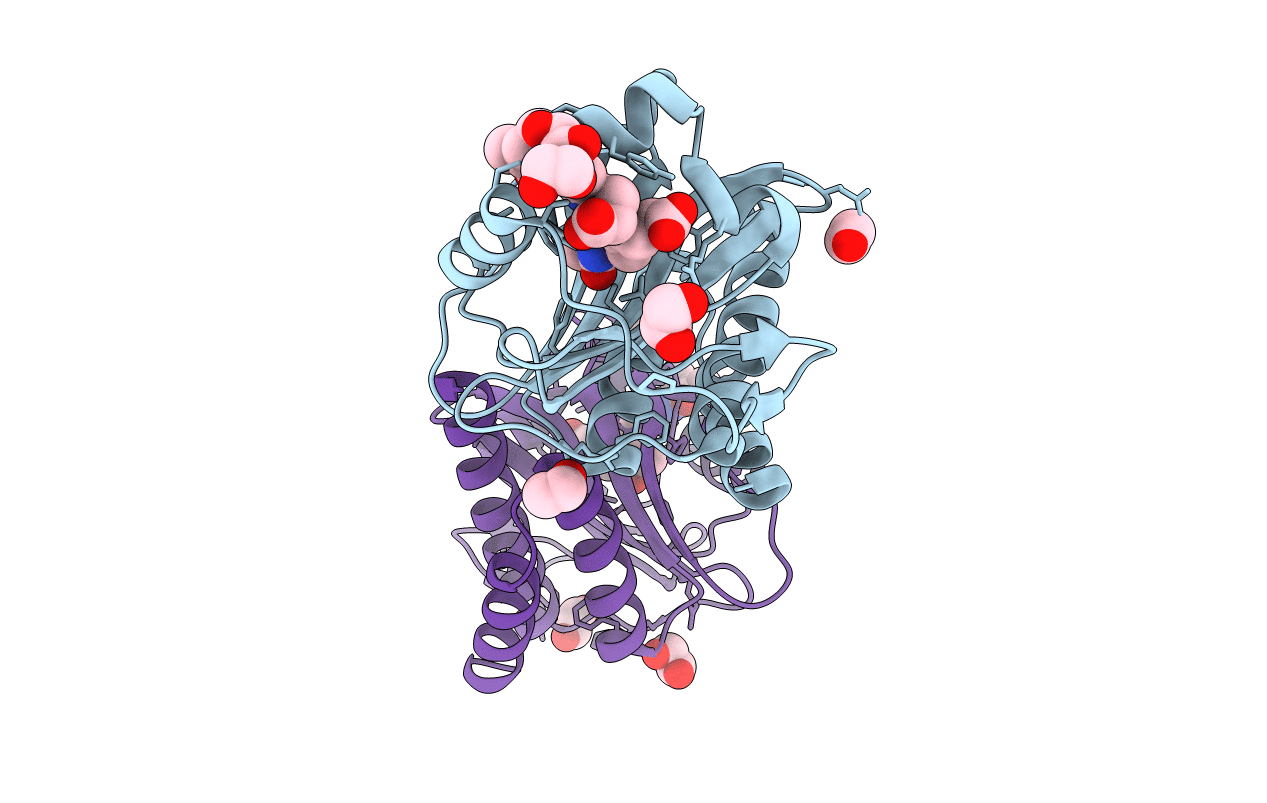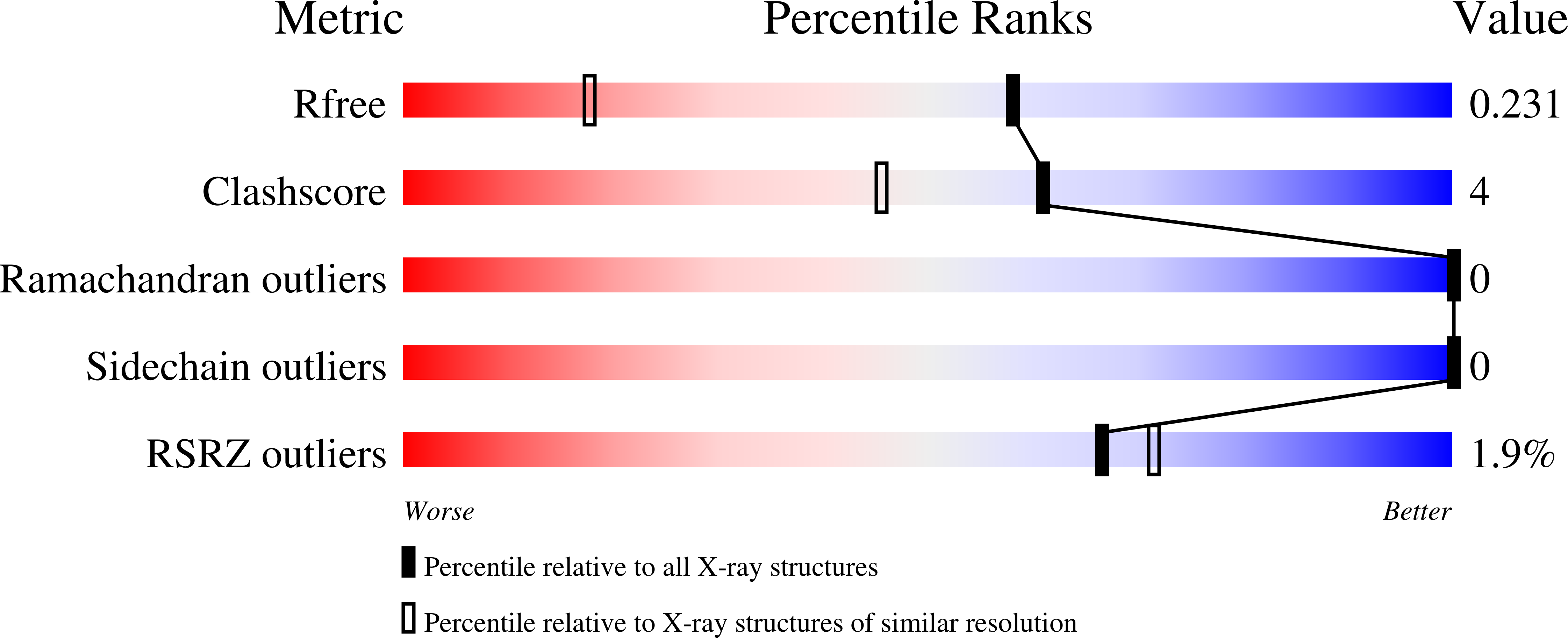
Deposition Date
2020-06-18
Release Date
2020-10-28
Last Version Date
2024-10-30
Entry Detail
PDB ID:
6XHH
Keywords:
Title:
Far-red absorbing dark state of JSC1_58120g3 with bound 18-1, 18-2 dihydrobiliverdin IXa (DHBV), the native chromophore precursor
Biological Source:
Source Organism:
[Leptolyngbya] sp. JSC-1 (Taxon ID: 1487953)
Host Organism:
Method Details:
Experimental Method:
Resolution:
1.50 Å
R-Value Free:
0.23
R-Value Work:
0.19
R-Value Observed:
0.19
Space Group:
P 1


